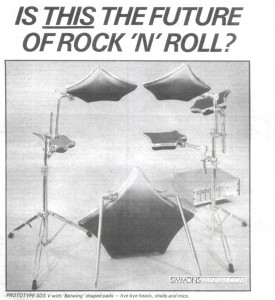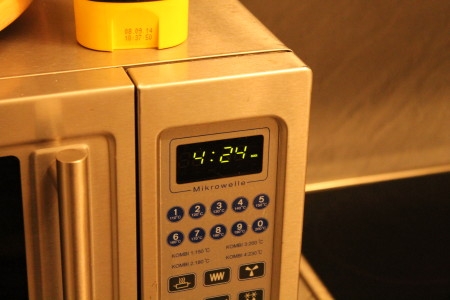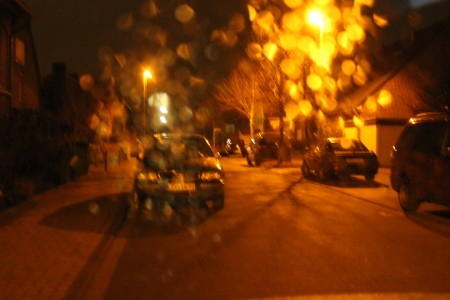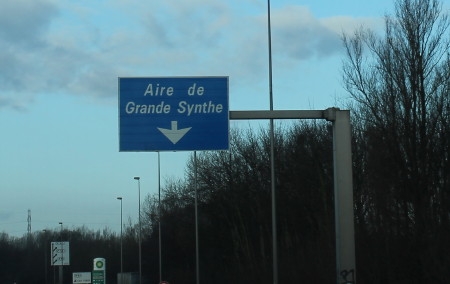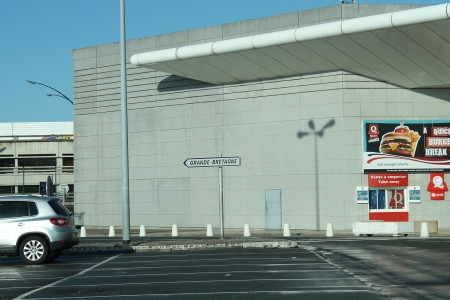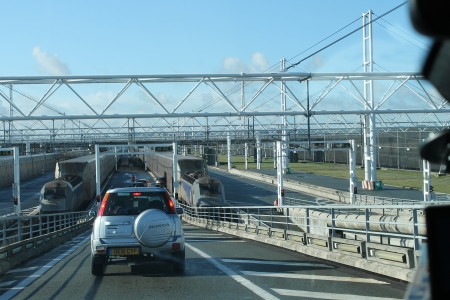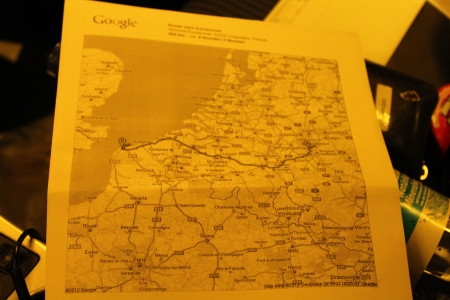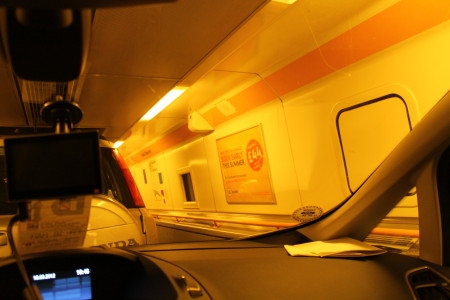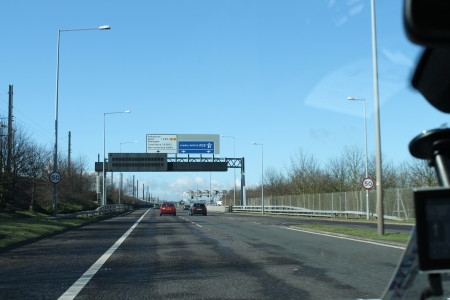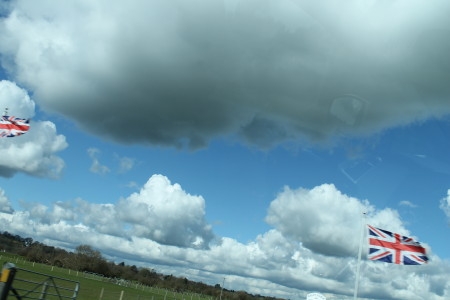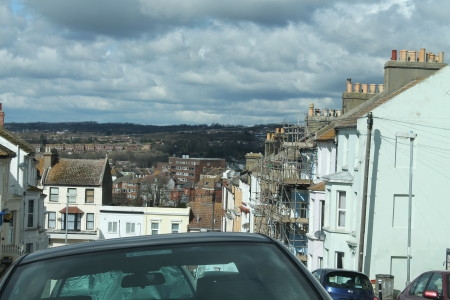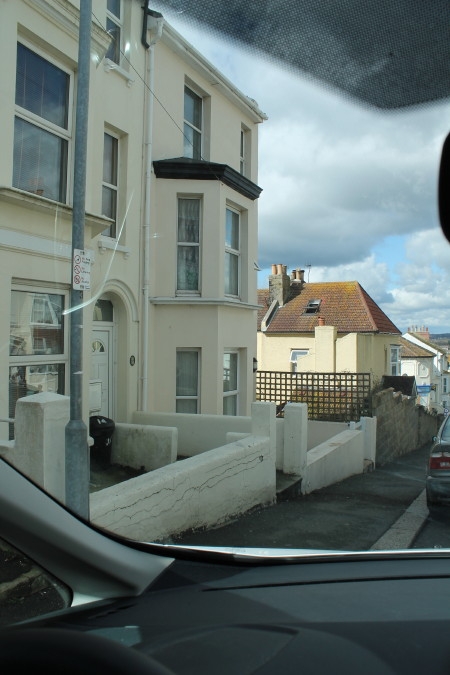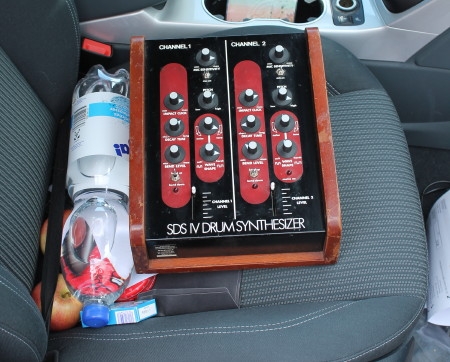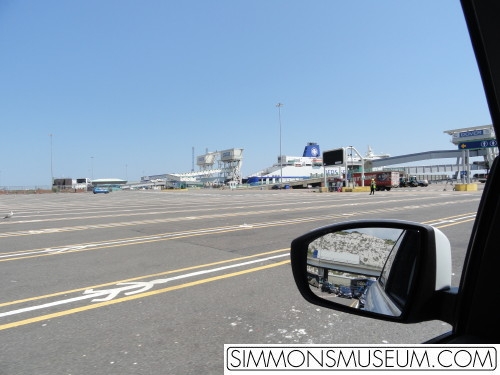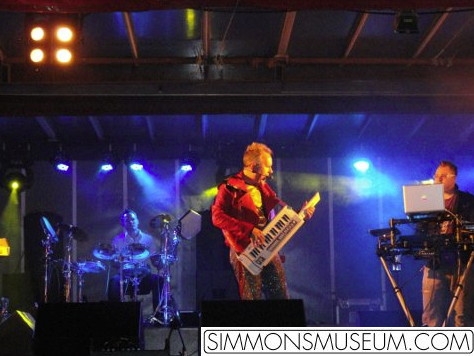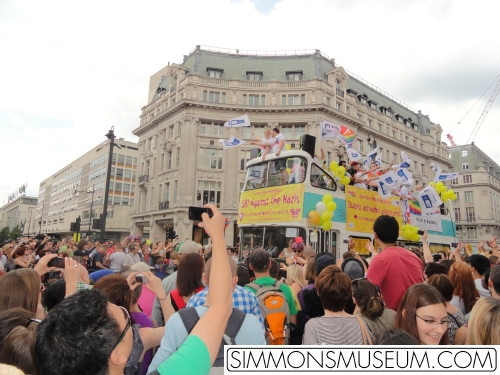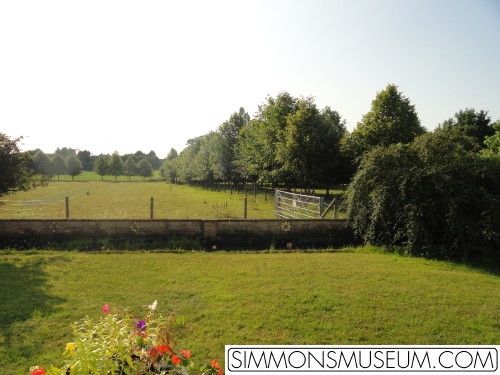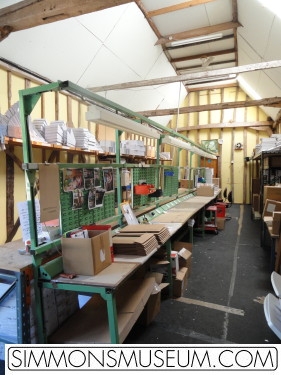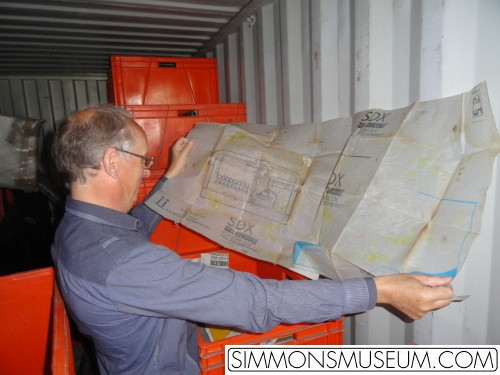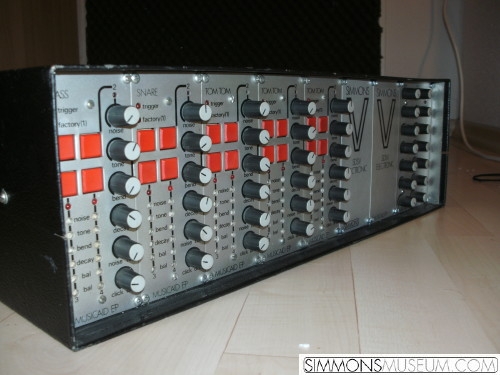“Why on earth do you collect old electronic drums?” At some point I stopped counting how often I was asked this question. But probably the following story is a part of the answer.
May 2015. A scientific assistant of the National Museum of Music Research in Berlin contacted me. He explained that his institute is running a musical instruments museum. They were planning a special exhibition about the history of electronic musical instruments and if I would be willing to provide a Simmons exhibit. Of course I was! Presenting Simmons gear is always better than storing it until the end of days. But nothing hapened until 3 weeks ago. He contected me again and we negotiated the conditions. He was interested in an SDSV and I preferred to bring it by car (600km) rather than unromantically sending it with a carrier. Although the exhibition is from March to June, the institute needed the exhibits at the end of November in order to make the catalogue in time. Last week I jumped into my car with a blue SDSV with brain and cymbal pad plus my Suitcase Kit and headed for Berlin. Incidantally at the same time there was another SDSV for sale in Berlin. I took the opportunity to bring one kit to the museum but also to bring a new kit back home. However… I had the chance to visit the museum. It was very cool! Musical instruments representing all centuries. Musical instruments I have never heard of. Very impressing. If you happen to be in the Berlin area between March 25th and June 25th: Visit the special exhibition “Good Vibrations – A story about electronic musical instruments”
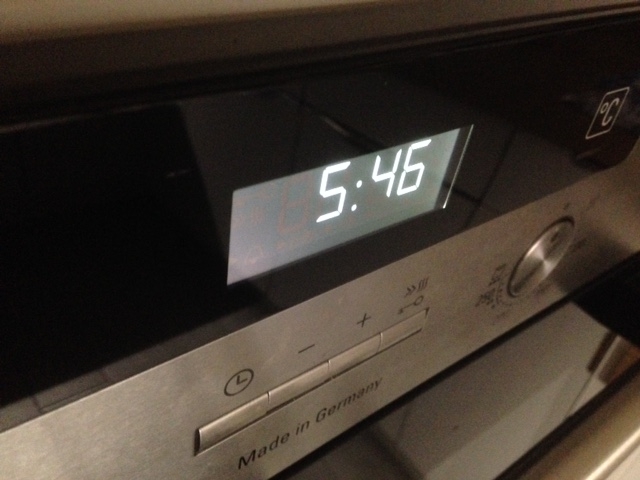
Early in the morning… Don’t make appointments at noon if you have 600km to go
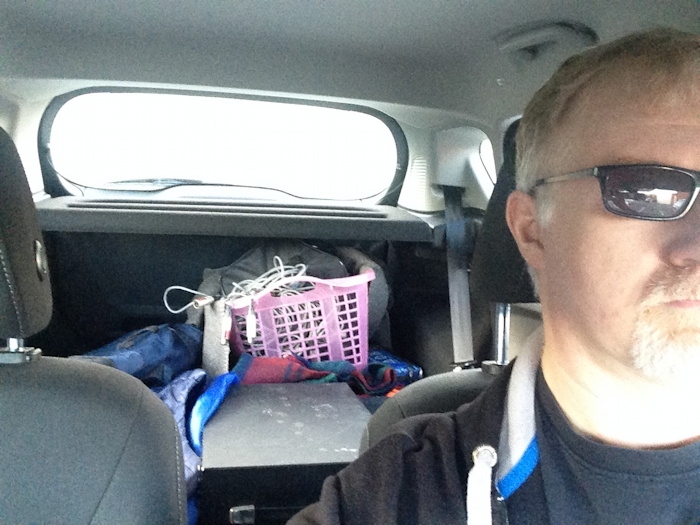
At least not much traffic at that time
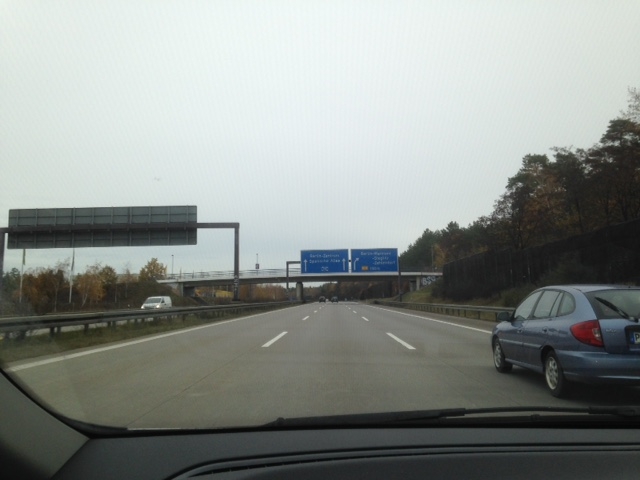
12:30. We are about to land soon
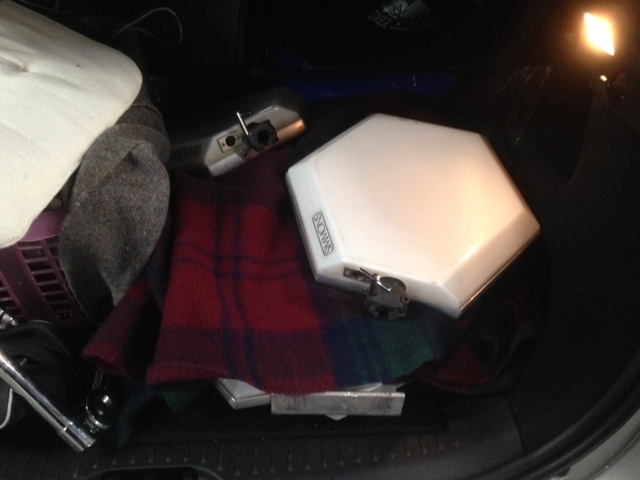
First stop in Berlin: Appointment with the seller of a white SDSV pad set. To be honest: A friend of mine asked me NOT to buy those pads and leave them for him. I agreed. He had been waiting for years to find a pad set for his brain. A round of allpause for my modesty, please…

There is still some time until I meet the guy from the museum. Time to discover some essential buildings
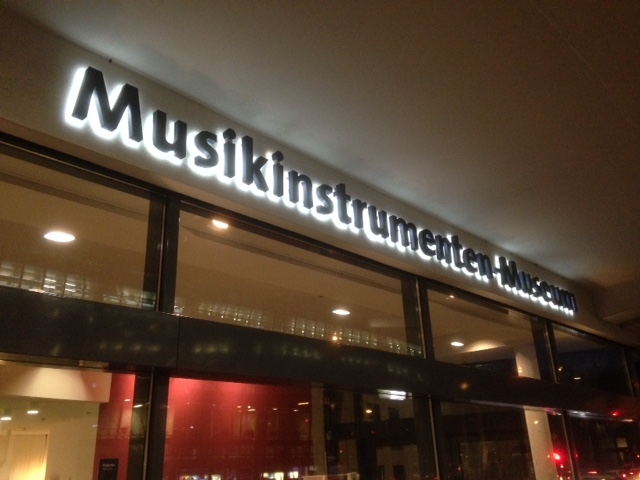
Finally! The hall of fame!
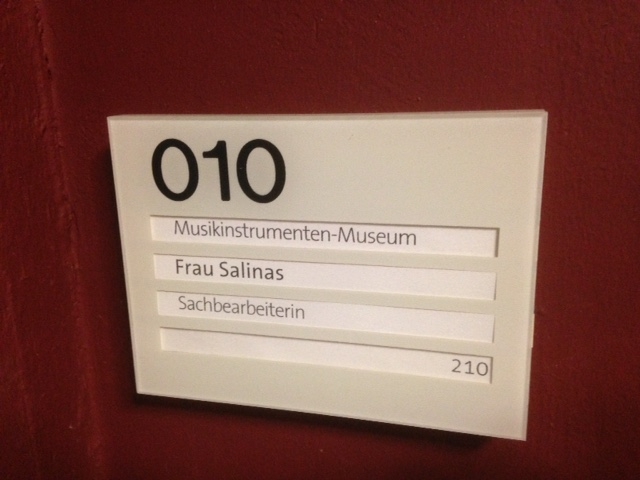
After we brought the gear inside I explained hw to set up the kit right
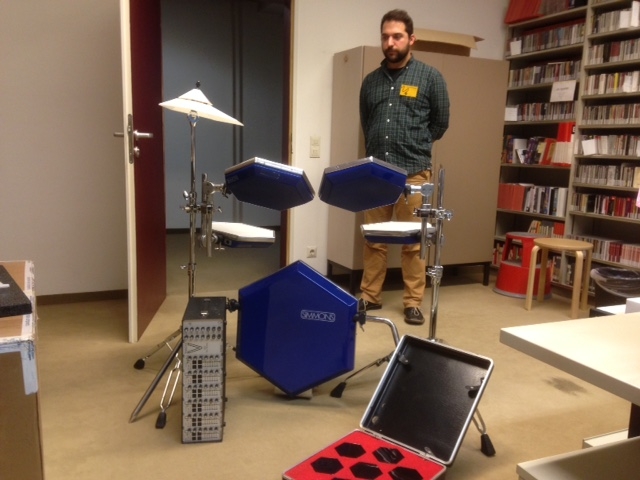
Inside the box on the left there’s a Mini Moog. The exhibition will include around 70 exhibits

I am invited to visit the museum. It is much much bigger than I thought. It shows classical instruments from the 17th century as well as contemporary gear. But the focus is on classical instruments. My favourite exhibit is a “Trautonium”, a predecessor of the synthsizer
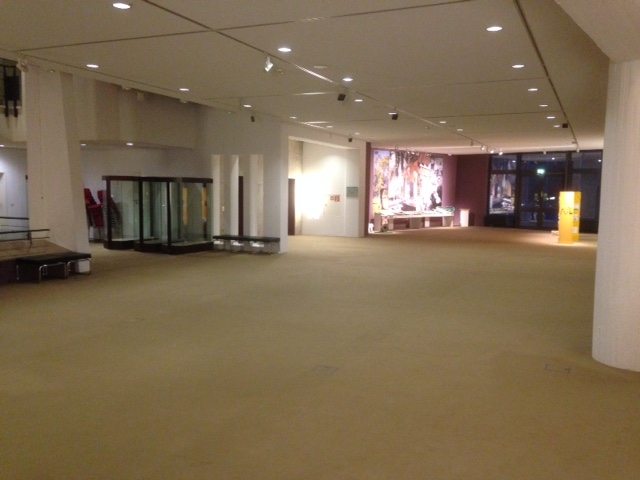
This is the space for the special exhibition. In some special events some of the gear will be explained and played
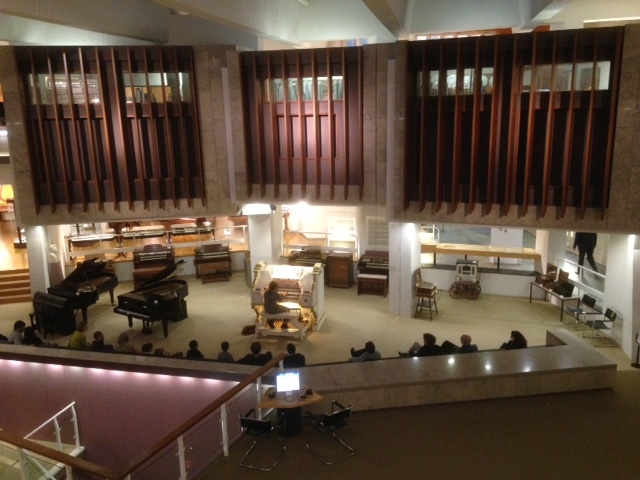
The craziest musical instrument I have ever seen. The organ is only the controller of a hall full of instruments like percussion, snares, timpanies, chromatic percussion, organ pipes… all triggered by compressed air.

I counted more than 20 harpsichords. All vintage and all restored in the institutes own workshop
I really recommend this museum if you are interested in music. I will come and visit my SDSV in March or April (Will it still recognize me?) and of course I will pick it up in June.
